Smart Construction 2025: How Technology is Redefining the Way We Build
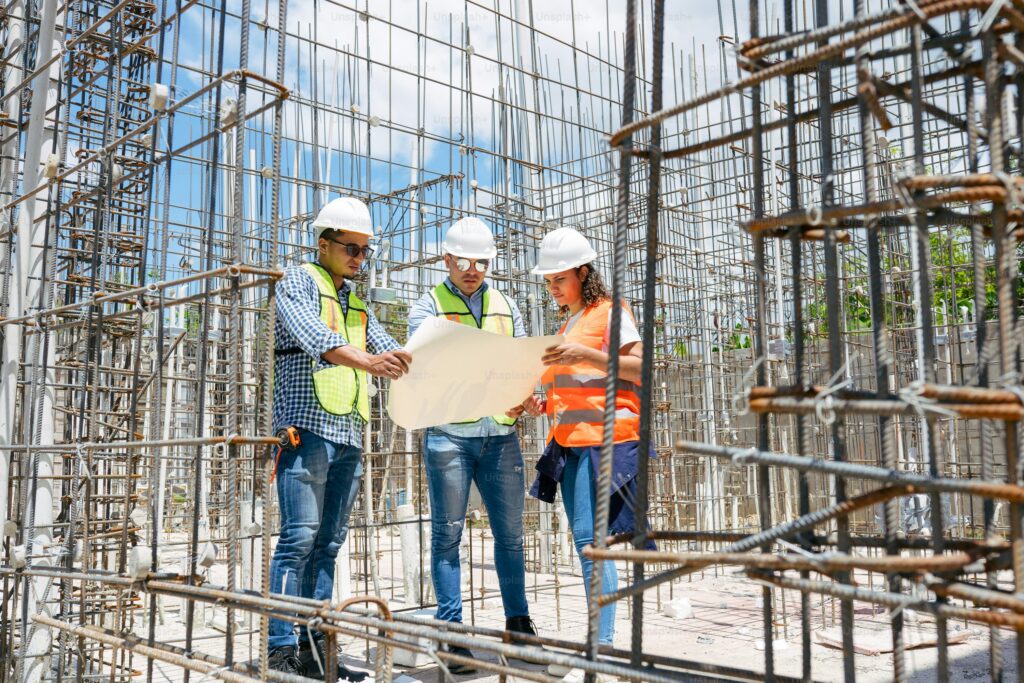
The construction industry has always been a world of hard hats, blueprints, and heavy machinery. But step onto a modern site in 2025, and you’ll see a new layer added to that familiar scene — tablets replacing clipboards, drones scanning structures from above, and 3D models replacing endless stacks of drawings. The future of construction isn’t just built with bricks and steel anymore. It’s powered by technology.
At The Construction Network, we believe that embracing innovation doesn’t replace human skill — it enhances it. Every new tool, app, or machine is a way to make work safer, smarter, and more efficient for everyone on-site.
The Shift Toward Smart Construction
Technology used to be something that lived in offices. But now, it’s everywhere — from planning and design to the finishing touches of a project. Construction companies across the world are adopting digital tools that help them work faster and communicate better.
Imagine being able to monitor project progress in real time or predict delays before they happen. With tools like Building Information Modeling (BIM), cloud-based project management, and AI-driven scheduling, that’s exactly what’s happening.
What used to take days of coordination now happens with a few clicks and shared dashboards. Teams can visualize entire projects before a single brick is laid, reducing costly mistakes and saving precious time.
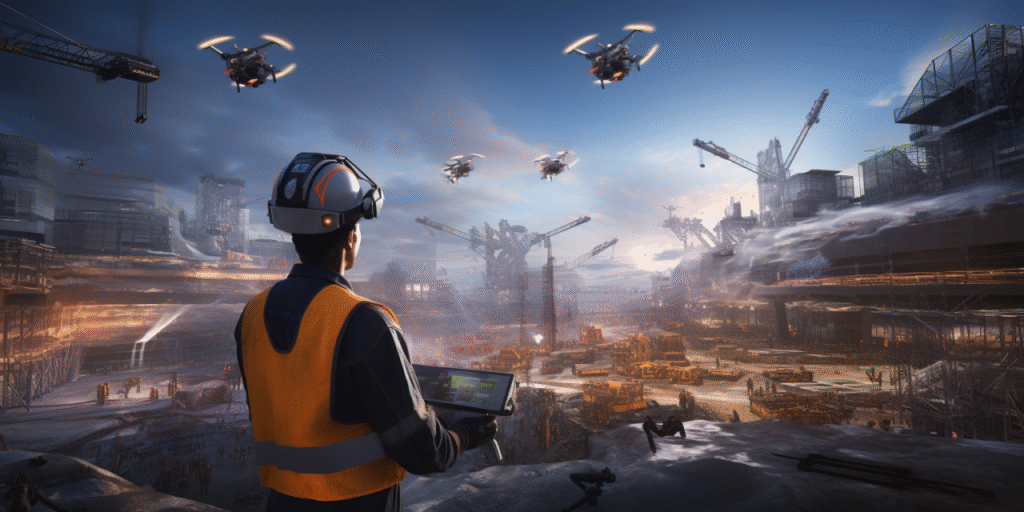
Drones, Robots, and Beyond
A decade ago, seeing a drone hovering over a construction site might have seemed unusual. Today, it’s standard practice. Drones are being used for surveying land, tracking progress, and capturing real-time data that keeps everyone informed.
But that’s just the start. Robotics and automation are making construction sites safer and more precise. Robots can now handle repetitive or risky tasks such as bricklaying, welding, or heavy lifting — freeing up skilled workers to focus on areas that require judgment and creativity.
These technologies aren’t replacing people. They’re supporting them — creating a balance between physical strength and digital intelligence.
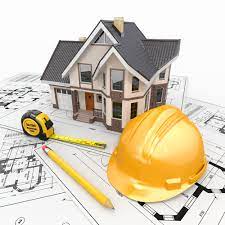
Sustainable Building Through Innovation
he future of construction isn’t just about speed — it’s about sustainability. Every new innovation aims to reduce waste, conserve energy, and build structures that last longer and harm less.
Smart materials, for example, are changing the game. Self-healing concrete, energy-efficient insulation, and recycled composites are not just trends; they’re the future standard.
And when sustainability meets technology, amazing things happen. AI-powered energy modeling tools can predict how a building will perform over time, helping architects design with both efficiency and the environment in mind.
At The Construction Network, we champion this shift — connecting professionals who believe in responsible construction. Because building the future means thinking beyond today.
Digital Collaboration: The New Foundation
Communication has always been the backbone of good construction. But in a fast-paced world, traditional methods can’t keep up. That’s where digital collaboration platforms come in — tools that allow architects, engineers, contractors, and clients to share ideas, documents, and designs instantly.
No more waiting for endless email chains or delayed feedback. Now, decisions happen faster and with better clarity.
Our network was built on that very idea — to connect professionals, simplify collaboration, and make every construction process smoother. When everyone is on the same page, projects finish stronger and smarter.

Data: The Silent Hero of Modern Construction
Behind every successful project now lies a mountain of data — and the ability to use it wisely. From material usage and cost tracking to worker safety analytics, data-driven insights help managers make better decisions every day.
For instance, predictive maintenance systems can alert teams before equipment breaks down. Sensor-based safety tools can track movement on-site and send alerts in case of hazards. It’s like having a digital guardian watching over every project, ensuring things run smoothly and safely.
Training the Workforce of Tomorrow
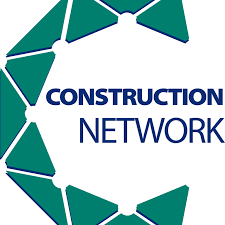
With all this innovation, one thing remains essential: skilled people. Technology is only as good as the hands that use it.
That’s why training and education have become a top priority in modern construction. Companies are investing in upskilling workers — teaching them how to use software, operate new tools, and interpret digital models.
It’s not about replacing traditional craftsmanship; it’s about empowering it. A builder who knows how to work with both concrete and code is the future of this industry.
The Role of The Construction Network
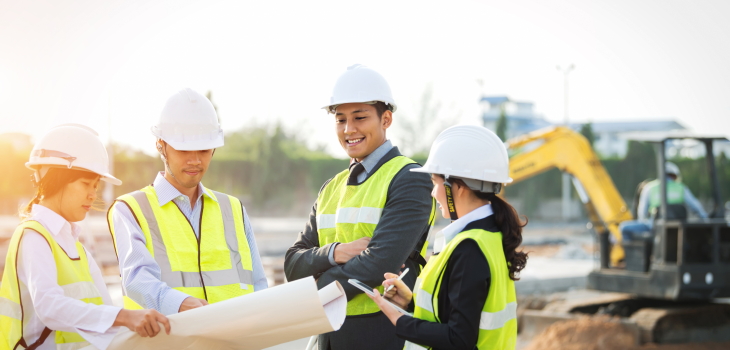
Our mission at The Construction Network is to bring all these moving parts together — the people, the ideas, and the innovations shaping construction in 2025.
We’ve built a space where professionals can share insights, find trusted partners, and stay updated on the latest trends — from sustainability to smart technologies.
By connecting experts from different fields, we help make the industry more collaborative, transparent, and forward-thinking.
Whether you’re a builder looking to modernize your workflow, an architect exploring digital design tools, or a supplier with eco-friendly materials — you’ll find opportunities here to grow and connect.
The Road Ahead

As we look toward the next decade, one thing is clear: construction will never go back to how it used to be. And that’s a good thing.
We’re moving toward a future where projects are faster, safer, greener, and more connected. Technology is the tool, but human collaboration remains the foundation.
At The Construction Network, we’re proud to stand at that intersection — helping professionals bridge the gap between traditional craftsmanship and modern innovation.
From Blueprint to Reality: Understanding the Complete Construction Lifecycle”
Every building starts as an idea — a vision on paper. But turning that idea into something real takes planning, precision, and teamwork at every step.
The construction lifecycle is a fascinating process, from the first design sketch to the final safety inspection. Each stage — design, planning, procurement, execution, and maintenance — requires coordination and expertise.